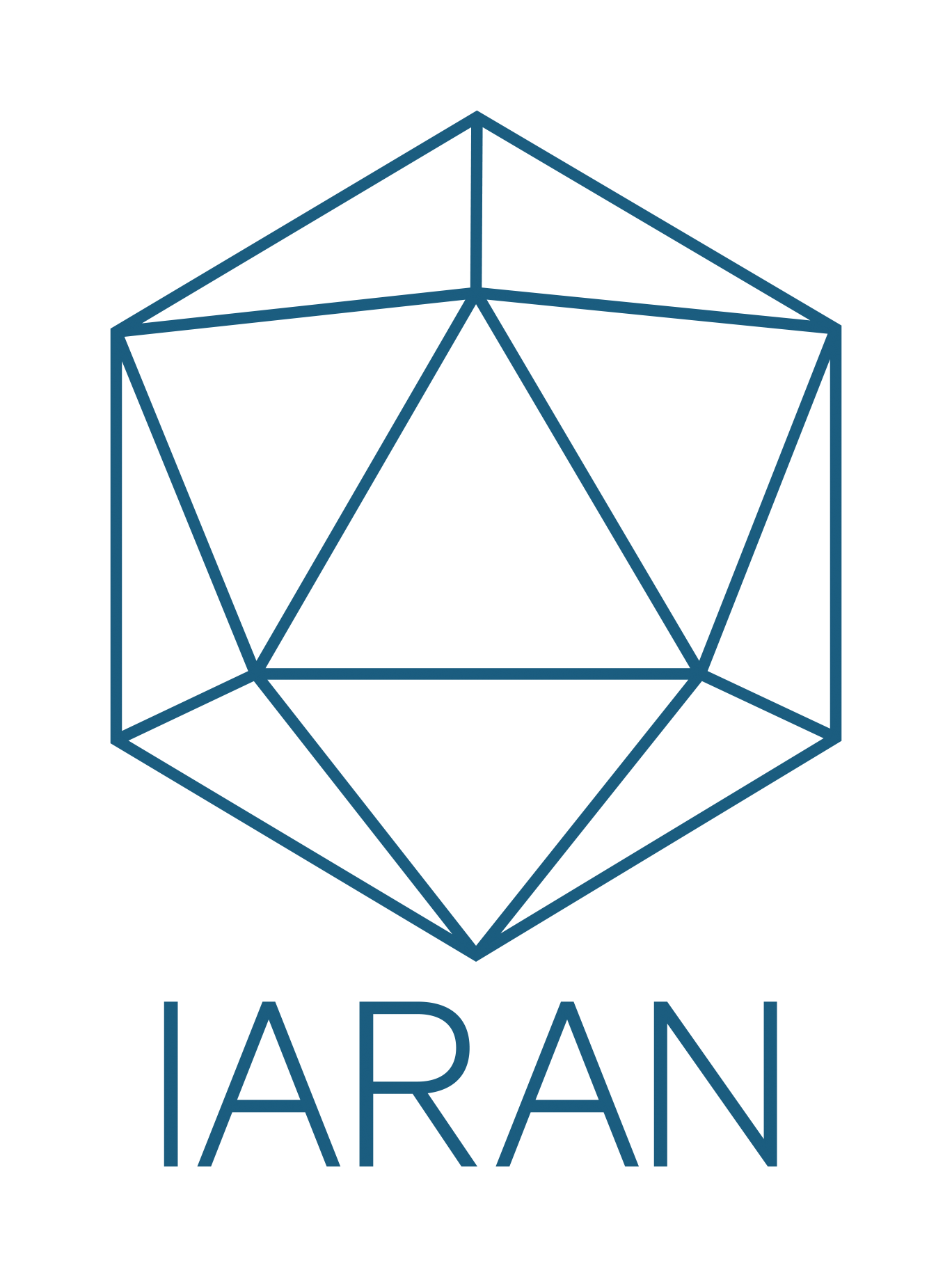The politics of knowledge and the future of aid
Universities and research centers are important, non-traditional, humanitarian actors that actively participate in knowledge production and cadre formation for the sector, with a preponderance of global North institutions over the ones from the South.
There are, at least, three areas of opportunity for Higher Education Institutions (HEIs) in the global North to engage productively with the principles and objectives of the Grand Bargain proposed during the World Humanitarian Summit of 2016, so that humanitarian knowledge production can also jump into the “localization” wagon:
- First, take a more diligent approach to the production of research and evidence that acknowledges the contributions made by global South researchers and practitioners.
- Second, global North universities should develop professional and leadership programs that aim to challenge hegemonic narratives of humanitarian action and development, and support global South HEIs in developing their own leadership programs.
- Finally, HEIs (both in the global South and North) should seek to establish partnerships in countries and communities that are most vulnerable to natural hazards and human-made crises that enhance participation, ownership and autonomy in knowledge production and decision-making.
Universities and Research Centers as humanitarian actors
In the shifting sands of contemporary humanitarian action, both traditional and non-traditional humanitarian actors are compelled to work creatively and collaboratively to address the most basic human needs of peoples affected by acute or protracted crises. These crises challenge national and global capacities to alleviate the suffering of communities vulnerable to, or affected by, violence and armed conflict, natural hazards, climate change, and social and political unrest.
Despite the challenges to address basic needs and respond to crises, the current humanitarian ecosystem offers opportunities to re-think the role of traditional humanitarian actors and to incorporate new and non-traditional actors, to foster system-wide innovation through collaboration, adaptation and learning (1).
It is broadly acknowledged that capacities and expertise to conduct assessments, design implementation methodologies, collect data and measure impacts within the humanitarian system are limited (1), (2), (3). Thus, academic and research institutions have an opportunity to engage with practitioners and shape these shortcomings (4).
Today, academic engagement is more urgent than ever in the humanitarian sphere, as universities offer complementary expertise that can enhance the efficacy, impact, transparency and sustainability development and humanitarian initiatives, in the form of research, training, evaluation and innovation (5). However, a partnership limited only to global North research and academic institutions risks amplifying the knowledge production divide, incentivizing knowledge extractivism, and perpetuating colonial modes of intervention.
The current state of affairs offers both challenges and opportunities: on one side, challenges from the perspective of a humanitarian sector whose legitimacy and efficacy is eroding, that is facing the escalation needs, and that has been unable to address endemic conflict, increasing human displacement and climate change. On the other side, opportunities in the form of more inclusiveness, collaboration, renewed leadership, and a new strategic direction arise (6).
The uncertainty and complexity of this transition creates opportunities for traditional and non-traditional humanitarian actors to harness the impetus of these transformations and shape them into meaningful, sustainable improvements in dignity, equity and well-being, driven by ethical and principled action.
Power is where knowledge is
According to the UN Office for the Coordination of Humanitarian Affairs (7), there will be 235 million people are in need of humanitarian assistance in 2021. Humanitarian organizations expect to reach 159 million, leaving nearly 76 million with no support.
The increasing scale and complexity of humanitarian crises makes the current emergency relief mechanisms and structures unsustainable (1): the number of affected people doubled and the costs of international response tripled in the last 10 years, while methods used and services provided by humanitarian workers seem not to have adapted.
In line with the sector-wide Humanitarian Reform started in 2005 and the 2011 Transformative Agenda, the humanitarian system is required to double down on strengthening leadership, coordination and accountability in humanitarian action (8), aiming to decentralizing functions and decision-making processes in favor of locally owned systems and leadership. The current humanitarian operative environment requires fundamental transformations of business models and the incorporation of innovative approaches (1).
These approaches should include a renewal of leadership with a commitment to tackle the crisis in legitimacy and efficacy of humanitarian action, as well as a more open space for diversity among stakeholders that, through principled action and compliance with sector standards, enable the global humanitarian ecosystem to set a mission-driven, evidence-based road map to the future.
HEIs, both in the global South and the global North, are in a privileged position to amplify impact, transparency and sustainability within the development and humanitarian sectors. In order to do so, HEIs need to:
Develop and provide curricula/courses that offer applied development and humanitarian experience, for future and current aid workers (program evaluation, leadership training, and applied innovation).
Create opportunities for local researchers, prospect humanitarian workers, and seasoned professionals to engage in leading roles in humanitarian programs, guided by the principle of precaution, “do no harm” and a rights-based approach, by adequately identifying the phases of intervention within the humanitarian implementation cycle where academic collaboration and enhanced professional training would provide value to people in need.
Provide the humanitarian ecosystem with locally trained, capable leaders, able to identify and navigate the ethical dilemmas imposed by scenarios of high complexity, instability and uncertainty that can leverage their knowledge of the local culture and context, to ensure program appropriateness.
International donors are actively seeking to come up with scalable, replicable models and practices able to amplify development outcomes, aiming to achieve “durable solutions” or “self-reliance” driven locally by host governments and communities. New mindsets and strategic approaches are needed to integrate new and non-traditional humanitarian actors in the humanitarian ecosystem, update methods and approaches to emergency response, deepen coordination and accountability, and support crisis-affected communities in recovering and becoming self-reliant.
Durable, locally-led solutions still face a number of limitations: achieving self-reliance requires that host countries and local communities are able to “mobilize public and private revenues, strengthening local capacities, and accelerate enterprise-driven development” (9).
Knowledge production: closing the gap
The gap between local innovation and resource mobilization, capacity strengthening and entrepreneurship provides a space of opportunity for university-led programs oriented to provide applied research and evidence-based solutions to global challenges. However, external factors are also at play: trends in humanitarian action, such as localization, big philanthropy-led agendas, and digitalization (among many other), are taking the sector into uncharted waters. Yet, as Eric James (10) states, “disruption of traditions and policies, and weakening of existing organizational structures after a catastrophic event, may create a favorable climate for innovation.”
Critical discourses, especially from post-colonial perspectives, are introducing new issues that demand increased accountability from the humanitarian ecosystem, both criticizing its lack of power-sharing mechanisms between “global North decision-makers” and “global South aid recipients”, and its failure to create lasting impact, while maintaining a growing global bureaucracy (11).
Innovation and Localization were the core of the discussions during the World Humanitarian Summit of 2016. Donors, NGOs, and many other stakeholders met in Turkey aiming to find answers to the most pressing challenges (12):
a. The inability of the whole sector to anticipate crises and prepare for them,
b. The lack of effectiveness of protection and humanitarian assistance activities in restoring opportunity and dignity for affected communities,
c. The inefficiencies in funding and fund allocation, and
d. The ineffectiveness of the humanitarian sector in reducing humanitarian needs and produce convincing evidence of the effectiveness of humanitarian aid
The World Humanitarian Summit concluded that the upcoming humanitarian ecosystem would require enhanced systems for transparency, better coordination, data collection and analysis, participation, and locally-sourced leadership. The Summit also called for new partnerships with the private sector and academia, both locally and internationally. In sum, participants expressed the need for evidence-based decision-making processes and a renewed leadership, driven by local communities, not by geopolitics.
Universities have played a crucial role in the humanitarian arena. However, they have never been considered a humanitarian actor in and of itself. Research institutes and initiatives have proliferated in institutions from the global North, like the Harvard Humanitarian Initiative, Fordham’s Institute for International Humanitarian Studies, and Manchester University’s Humanitarian and Conflict Research Institute.
The EU-led Network on Humanitarian Action (NOHA), for instance, groups 10 European Higher Education Institutions (HEIs) and 14 global partner universities. Master’s and Graduate Programs are also offered by many global North universities on-site or online, as well as short training courses in partnership with NGOs, UN Agencies and donors like USAID and the European Commission. However, costs, language, access to funding and technological factors prevent a more decisive engagement from global South denizens in these scenarios: this creates a technical capacity divide that favors passport-holder professionals from “developed” countries.
All these changes in the humanitarian landscape provide new opportunities for universities in the global North to revisit their approach towards humanitarian action, in ways that could enable them to diversify the portfolio of services they offer to other humanitarian stakeholders, but also to be at the forefront of localization, transparency and accountability efforts. There is also an opportunity for global North HEIs committed to social justice and equity to address the imbalances on research production and “cadre formation” capacities, by committing to transfer resources to local peer institutions and other stakeholders in affordable conditions.
Therefore, leadership within global North HEIs, could be critical in advancing in the right direction. James (10) supports this notion when he argues that “the greatest change is achieved through paradigm shifts.” The above idea means that, in order to effect change in decision-making spaces to favor local points of view, buy-in from the traditional leadership structures is most needed. Champions within International NGOs, donors and global North HEIs are critical to provide a platform for leaders from crisis-struck countries, enhance transparency, and break the cycles of dependency from international aid.
There are, at least, three areas of opportunity for HEI in the global North to engage productively with the principles and objectives of the Grand Bargain proposed during the World Humanitarian Summit of 2016: First, take a more diligent approach to the production of research and evidence that acknowledges the contributions made by global South researchers and practitioners. Second, global North universities should develop professional and leadership programs that aim to challenge hegemonic narratives of humanitarian action and development, and support global South HEIs in developing their own leadership programs. Finally, HEIs (both in the global South and North) should seek to establish partnerships in countries and communities that are most vulnerable to natural hazards and human-made crises that enhance participation, ownership and autonomy in knowledge production and decision-making.
References
(1) Betts and Bloom, 2014. “Humanitarian Innovation: The State of the Art.” OCHA Policy and Studies Series. No. 009. OCHA Policy Development and Studies Branch.
(2) Obrecht and Warner, 2016. “More than just luck: Innovation in humanitarian action.” HIF, ALNAP, ODI. London.
(3) Scriven, 2016. “Humanitarian innovation and the art of the possible.” Humanitarian Exchange No. 66. Special feature: Humanitarian Innovation. HPN/ODI.
(4) InterAction, 2019. “Academic-Practitioner Forum. Actions and Recommendations.” London, Washington, DC.
(5) Leege and McMillan, 2016. “Building More Robust NGO–University Partnerships in Development: Lessons Learned from Catholic Relief Services.” Journal of Poverty Alleviation and International Development.
(6) IARAN, 2017. “The Future of Aid. INGOs in 2030.” IRIS, Action Against Hunger, Centre for Humanitarian Leadership, Futuribles.
(7) OCHA, 2020. “Global Humanitarian Overview, 2021.”
(8) OXFAM; 2016. “Righting the Wrong. Strengthening Local Humanitarian Leadership to Save Lives and Strengthen Communities.”
(9) USAID, 2019. “The Journey to Self-Reliance.”
(10) James, 2018. “The Leadership and Management of Innovation.” In: James, Taylor (Eds.), 2018. “Managing Humanitarian Innovation. The Cutting Edge of Aid.” Practical Action Publishing. UK.
(11) Barnett and Walker, 2015. “Regime Change for Humanitarian Aid.” Foreign Affairs Magazine. July/August.
(12) IASC, 2016. The Grand Bargain - A Shared Commitment to Better Serve People in Need.
Drucker, 1993. “Innovation and Entrepreneurship.” HarperCollins.



